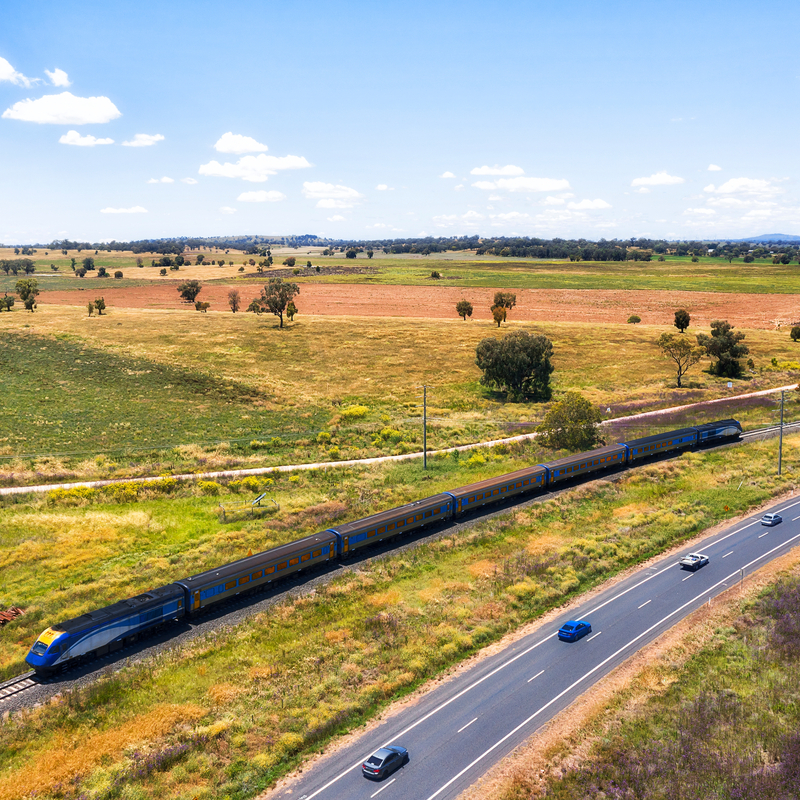The wide-open roads of Australia are a gateway to the vast expanse of the country’s natural beauty. But as regional communities know all too well; this big country abounds with connectivity black spots.
Solving geographic challenges facing telecommunications provides a roadmap not only for the development of smart communities in Australia, but for rural or regional communities all around the world.
Rural and remote Australians have long struggled with access to high-quality mobile and internet services. Now, after the COVID-19 pandemic shows just how critical connectivity is for economic growth and social sustainability, there is a renewed need to address the digital divide for rural and remote communities.
Understanding the reasons for the rural digital divide
Widespread, reliable telecommunications services are an essential backbone of modern communities and the key for them to thrive economically and socially. Yet rural and remote communities are a long way from being on par with major urban centres. In many regions, enormous distances and small population densities make it expensive and logistically challenging to provide adequate coverage. Combined with the ongoing upgrade cycle of network technology make providing high-quality connectivity a significant challenge for service providers who operate outside the cities and towns along the country’s coastline. The resulting gaps in connectivity diminish or prevent access to essential work platforms, health services and even entertainment that many people take for granted.
But all Australians, regardless of their whereabouts, have a right (and a need) to access information, services, and communities online. Occasionally, they must take matters into their own hands. In one instance, an inventive farmer built a 50-metre-high tower on his property to ensure that he had the coverage he needed.
Vital communications connectivity
Improved connectivity is vital for access to medical, professional and government digital services, along with access to online retail, local and global communications. It is critical for safety, whether it’s emergencies like bushfires or accidents.
Reliable mobile coverage allows for faster responses and better access to updates and safety information. It’s also the lifeblood for rural and regional businesses to enhance productivity and reach new markets. At its most fundamental, it enables human communication.
It is clear that without innovative technologies and a coordinated approach to investment, design, build and operation; the network expansion to adequately serve rural and remote communities may not be realised.
What are the alternative approaches?
For most mobile network operators (MNOs) it is not practical to build and run their own networks out into remote areas to connect communities and businesses. An alternative is the open access network, where all or part of the network becomes a shared asset between the local community who co-invest (either directly or through government) in it alongside a company that specialises in designing, building and operating shared communications and connectivity infrastructure. The infrastructure is then jointly leased to any number of network operators to run applications that suit rural and regional users.
Shared network approaches are being widely adopted around the world and have the potential to improve 5G and 4G network reach and capacity in rural areas; as well as along major roads and railways, helping address the problem of black spots. They may also incorporate railway station buildings, bridges, elevated sections of track and other infrastructure as suitable sites for masts or radio units aimed at streets or trackside buildings.
With a shared network managed by one neutral digital infrastructure provider, municipalities can put in place a single network that can seamlessly carry services from multiple operators, providing fair access for customers across all carriers.
The role of shared infrastructure providers
Users want access to the services and information that connectivity brings, while network operators are focused on provisioning the network infrastructure to meet their business objectives. The role of shared infrastructure providers is enabling network-sharing, and this can take different technical and business forms.
This approach enhances competition, improves coverage and delivers reliable services for consumer and business users and works to bridge the rural and regional digital divide. This is vital as the nation and its economy move further towards one built around digital access.
Deployments must address the unique needs of the area and population to be served. The adaptable open access network model means that in rural areas, infrastructure sharing can enable mobile services, while in others, a multi-asset offering can help enable 5G, smart communities and convergence.
Whether it’s improved mobile broadband across paddocks, the ability to make phone calls without hitting black spots or new innovations like smart farm machinery, rural communications and connectivity has never been more important.
Shared infrastructure providers like BAI Communications can be the lynchpin between traditional network operators and rural and regional communities to deliver ubiquitous connectivity.
Find more about rural connectivity and the future of farming in episode four of our smart communities podcast.






